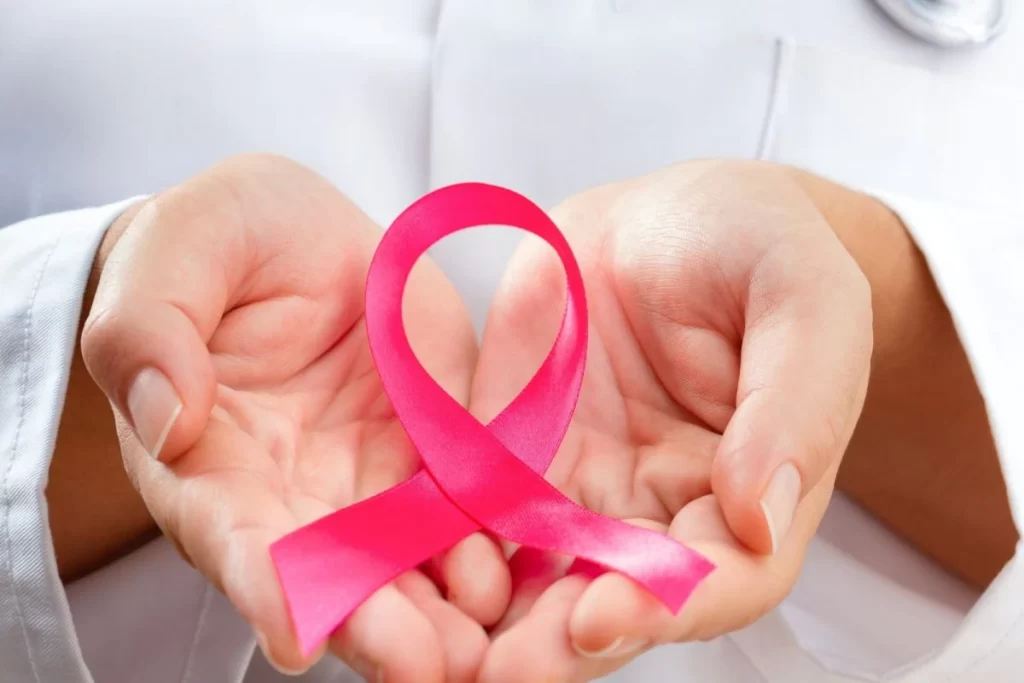Despite the fact that cancer is the leading cause of death among African Americans, many of them face unique challenges in accessing treatment. For example, African Americans face barriers to accessing cancer care in rural areas.
World Cancer Day 2022 theme: ‘close the care gap’
Across the globe, the cancer community is working together to combat the growing cancer burden. Cancer is a deadly disease that affects everyone. However, there are disparities in cancer care and prevention. In many countries, the cost of treatment and prevention is prohibitive.
The theme for World Cancer Day 2022 is Close the Care Gap. It’s a three-year campaign aimed at raising awareness of the equity gap in cancer care and encouraging elected officials to commit resources to reduce cancer mortality.
The equity gap is not just a matter of resources; it’s a matter of health equity. Equity refers to the idea of providing every person with what he or she needs. This can be done in many ways. For instance, the Access to Oncology Medicines Coalition was launched by partners, such as the Union for International Cancer Control, to improve access to essential cancer medicines in low-income countries.
Access to oncology medicines in low- and lower middle-income countries
Despite the high burden of cancer in developing countries, there is limited access to essential cancer medicines. This is particularly true in low- and middle-income countries (LMICs). A new initiative is being launched to increase access to treatments in these countries. It will provide equitable access to cancer treatments in 70 developing countries. Pfizer has teamed up with the IDA Foundation and Clinton Health Access Initiative to provide quality oncology treatments to patients in these countries.
The World Health Organization (WHO) Essential Medicines List (EML) identifies medicines that should be available to patients. It provides an important basis for reimbursement decisions in LMICs. However, the EML does not reflect the most important medicines in each country.
The WHO EML includes a list of high-priority cancer medicines. These medicines are selected by oncologists as the medicines that provide the greatest public health benefit. These medicines were then classified by therapeutic categories. Antineoplastic agents were the most widely included medicines.
African Americans faced individualized challenges in receiving cancer care during the COVID-19 pandemic
Historically, African American and other minority populations have borne a disproportionate burden of illness and death during public health emergencies. COVID-19 has exacerbated these problems.
In the United States, African Americans are more than twice as likely to die from COVID-19 than from any other racial or ethnic group. In addition, African Americans have a higher uninsured rate than both Whites and Asians. The Affordable Care Act has made some progress in reducing this disparity, but it does not go far enough. Ultimately, health care protection is a crucial component of any social policy.
African American communities are facing a host of structural and interpersonal stressors that place them at a disadvantage during an outbreak. These stressors include low disposable income, precarious housing, low power, and interpersonal interactions with others.
Barriers to accessing oncology care in rural areas
Increasing the availability of cancer care for rural patients requires continued investment in research. Some of the most promising interventions include workforce recruitment initiatives, outreach clinics, and telemedicine applications. Increasing the availability of essential cancer medicines is also a critical goal. Efforts like the Access to Oncology Medicines Coalition are working to make essential medicines more accessible to low-income communities.
In addition to financial barriers, rural patients face other barriers to accessing cancer care. These include distance, travel time, and transportation costs. These may limit access to screening, treatment, and clinical trials. Survivorship care may also be affected.
Rural patients may also face difficulties with cancer team coordination. Cancer requires expensive treatments from multiple specialists. This can create challenges for primary care providers who may not have the expertise to handle complications from chemotherapy or radiation treatments.
Strategies to increase minority participation in cancer research
Increasing minority participation in cancer research is essential for improving the treatment of cancer and bringing novel drugs to patients. Traditionally underserved groups face unique challenges in accessing healthcare. They have limited access to tertiary care and are underrepresented in the medical profession.
Currently, less than 10% of cancer patients participate in cancer clinical trials. This represents a major public health crisis. It is also a moral crisis. The FDA is increasing its focus on minority participation in clinical trials. This will improve treatment options and increase accurate outcomes.
Strategies to increase minority participation in cancer research include increased funding for recruiting efforts, improving minority recruitment, modifying eligibility criteria, and instituting new methods for engaging minority populations. However, these initiatives will only be effective if they are supported by a strong institutional commitment.


